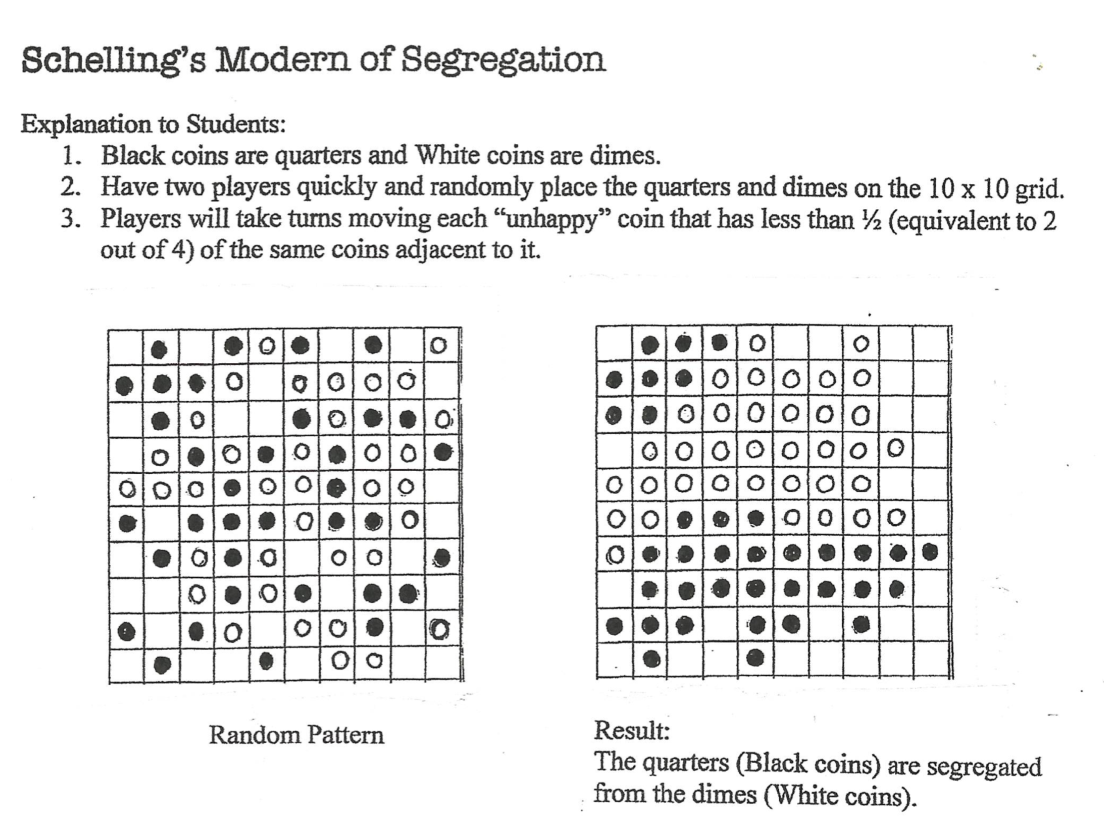Classroom Activities
Part 1: Landmark Court Cases on Segregation and Affirmative Action.
Prerequisite: Access student’s prior knowledge with the quotation station and brainstorm a list of causes and effects of segregation. See Teaching Strategies: TS1, Quotation Station and TS2, Map and Geography Centers.
Lesson 1: What Is Democracy? Begin your lesson with an icebreaker, see TS3, Notice and Wonder or simply ask: “What does inequality and/or democracy mean to you?” After a brief discussion, read aloud the anchored text: Mumbet’s Declaration of Independence; see TS4, Read aloud. After the read aloud, close read the Preamble of the Declaration of Independence or the Constitution. See TS5, Close Reading.
Lesson 2: Landmark Cases Before and After Brown. Begin your lesson with an icebreaker; see TS3, Would You Rather or simply ask: “Where are the BEST and WORST schools in the United States?” Discuss the case Brown v. Board of Education. Close Read an excerpt from the following cases before Brown: Tape v. Hurley, Plessy v. Ferguson. and Roberto v. Lemon Grove School District. [Optional: Show the PBS T.V. Special, “Explore San Diego: The Lemon Grove Incident, 1985]. Close read cases after Brown such as: Regents of the University of California and Students for Fair Admission v. President and Fellows of Harvard College. Refer to Content Objective with direct quotes of these case decisions.
Lesson 3: Mock SCOTUS trial of SFFA v. Harvard. See TS6 for details of the procedures to conduct the simulation. Some discussion questions: Why only 9 Justices? How do people vote? Are voters motivated by emotion, logic, experiences, moral values and/or self-interests? What does the word “fair,” “equity” and “equal” mean?
Part 2: Maps, Data, School Rating, and Game Theories on Segregation.
Prerequisite: Access student’s prior knowledge of U.S. geography with a mapping station. Review the names and locations of the 50 states by watching a video such as “The U.S.: 50 States” https://www.youtube.com/watch?v=0phA72dr1-Y. Have students take an online quiz from the Seterra’s website: https://online.seterra.com/en/vgp/3285 (Cartoon and Flag Version).
Lesson 1: United States Maps by Race and Income. Discuss and define what is a segregated school or what is a White school and what is a Black school. Guide students to agree on a ratio percentage such as 75% White would be considered a White school. From TS2, show and discuss the “3 maps that show school segregation” from the Urban Institute68 and “Racial Dot Map” website from the Cooper Center.69 Divide students into 7 regional groups and have them color-code data based on income or race on a blank map. Regions: 1) Northeast (New England & Mid-Atlantic), 2) Southeast Central, 3) Northwest Central, 4) Southwest Central, 5) Rocky Mountains, 6) Far West (Pacific), 7) Alaska & Hawaii (Noncontiguous).
Lesson 2: Play the game Divide the Dollar with paper and pencil to keep scores. Model the game with 3 players for the whole class. Rules: 3 players will divide $1.00 equally. It may be easier for students to use dimes and pennies OR divide a hundred dollar in bills. Each player will choose a social issue such as animal rights, child abuse, or public health for COVID-19 as their platform. Players will be given 5 minutes to talk and form coalition to achieve a majority. Majority rule means “winner takes all.” Gradually increase the number of players within each social issue until every student has a voice in how and with whom to form a majority. The class can play this game whenever there is an issue that requires a majority vote. To acquire the majority vote, students will learn how to influence, convince, negotiate, reason, and communicate, see TS8.
| Example | Social Issue | Divide $1.00 equally | After coalition (5 minutes) |
| Player 1 | Animal Rights | 1/3 = 33% = $ 0.33 | 2/3 = 66% = $ 0.66 (majority) |
| Player 2 | Child Abuse | 1/3 = 33% = $ 0.33 | |
| Player 3 | Public Health | 1/3 = 33% = $ 0.33 | 1/3 = 33% = $ 0.33 (minority) |
| Result |
$ 0.01 leftover No winner |
Player 1 and Player 2 will take all and receive $1.00. |
Above is a chart to illustrate how the game DD with 3 players can be played.

Lesson 3: Play an online or hand-on game based on the Schelling’s model of segregation. Visit the Parable of Polygons website with your students and have them play the game online, see TS8. For younger students, I have created a simpler hand-on game for two players.
Above is my illustration of a random pattern (initial stage) and the result (final stage) after moving the “unhappy” coins based on the Schelling’s Model of Segregation.
Part 3: Possible Solutions: Achievable or Unrealistic?
Teaching is an organic process with important moving parts; honoring student voices is an important part of the process. After your class has voted on ONE agreed social issue (your students might or might not want to pick “school segregation” as their class project), brainstorm possible solutions. Allow students time to research and discuss what can be done. Invite classrooms from within and outside your school district, experts and community partners as collaborators, expert consultants and guest speakers. For a list of service-learning projects, visit Need in Deed’s website (www.needindeed.org) under “Student Projects” and its 2021 Virtual Shout Out Museum. See TS9 for additional details.

Comments: